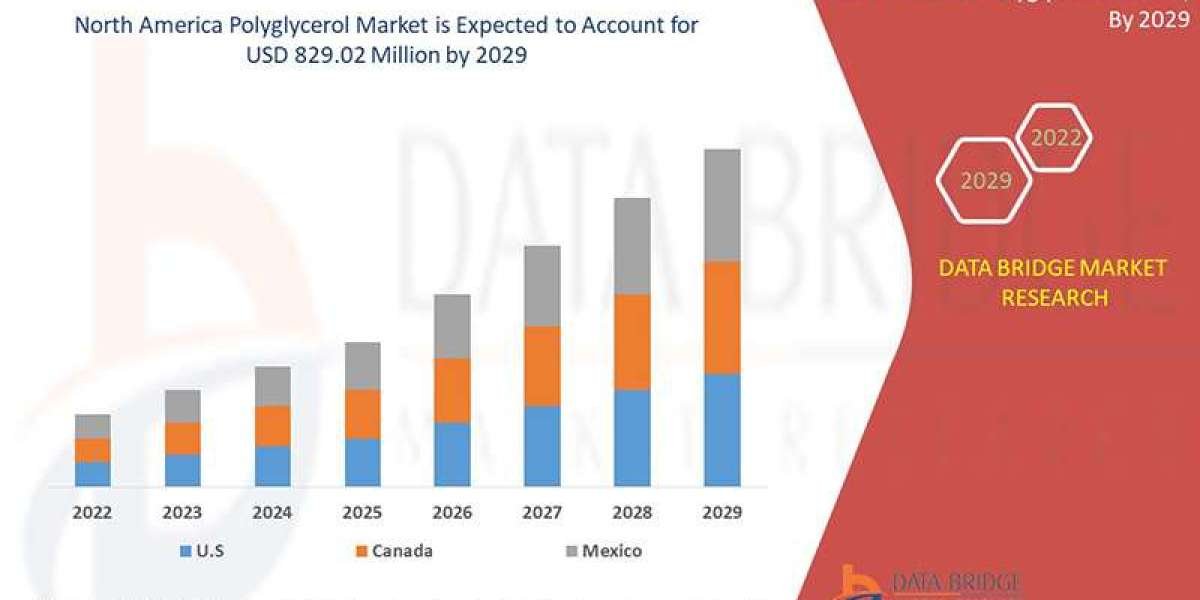The unprecedented Quick Commerce Market Growth is not a random phenomenon but the result of a powerful convergence of demand-side pulls and supply-side pushes that have created the perfect environment for its takeoff. On the demand side, the single greatest catalyst has been the profound shift in consumer behavior and expectations, which was massively accelerated by the COVID-19 pandemic. The pandemic normalized online grocery shopping for a huge segment of the population and created a heightened desire for contactless, at-home delivery services. More fundamentally, it ingrained a "now" mentality, where consumers, accustomed to the instant gratification of digital streaming and on-demand services, began to expect the same level of immediacy for physical goods. This created a fertile ground of consumer demand waiting for a service that could fulfill it.
This demand is particularly strong among specific demographic groups, namely urban-dwelling millennials and Gen Z. These digitally native consumers place a high premium on convenience and are willing to pay for services that save them time and effort. They are comfortable with app-based interfaces and are more likely to make impulse purchases for immediate needs. Q-commerce platforms have expertly targeted this demographic with slick marketing, user-friendly apps, and a product selection tailored to their tastes, including trendy snacks, craft beverages, and quick meal solutions. The alignment of the q-commerce value proposition with the lifestyle and priorities of this large and influential consumer segment is a primary driver of its rapid adoption and growth.
On the supply side, the most significant push has come from the massive influx of venture capital funding. In recent years, investors have poured billions of dollars into the sector, viewing it as the next major frontier in e-commerce disruption. This flood of capital has enabled companies to engage in a "blitzscaling" strategy—prioritizing hyper-growth over short-term profitability. This funding has been used to rapidly build out networks of dark stores in dozens of cities simultaneously, offer deep discounts and free deliveries to acquire customers at an astonishing rate, and invest heavily in the underlying technology. Without this massive financial backing, the industry's growth would have been significantly slower and more incremental.



